I hope everyone is having a good start to their week! It’s finally getting cold here in Taiwan, and as it is a country that seemingly doesn’t believe in heaters, I can’t say I’m finding the temperature the most enjoyable. So while I’m currently shivering as I write this, I’m still excited to share an interesting piece of Taiwanese culture with you: the lasting legacy of Japanese imperialism. While the legacy of Japanese imperialism is complex and can evoke a range of emotions, I find it surprising that there are large portions of the population that have a favorable view of Japanese rule. Ultimately, Taiwan has just as much Japanese influence as Chinese influence. This makes this a fascinating topic to look at further. First, I want to talk about it generally before zooming into a specific place that encapsulates all of this perfectly: the Taoyuan Martyrs’ Shrine.
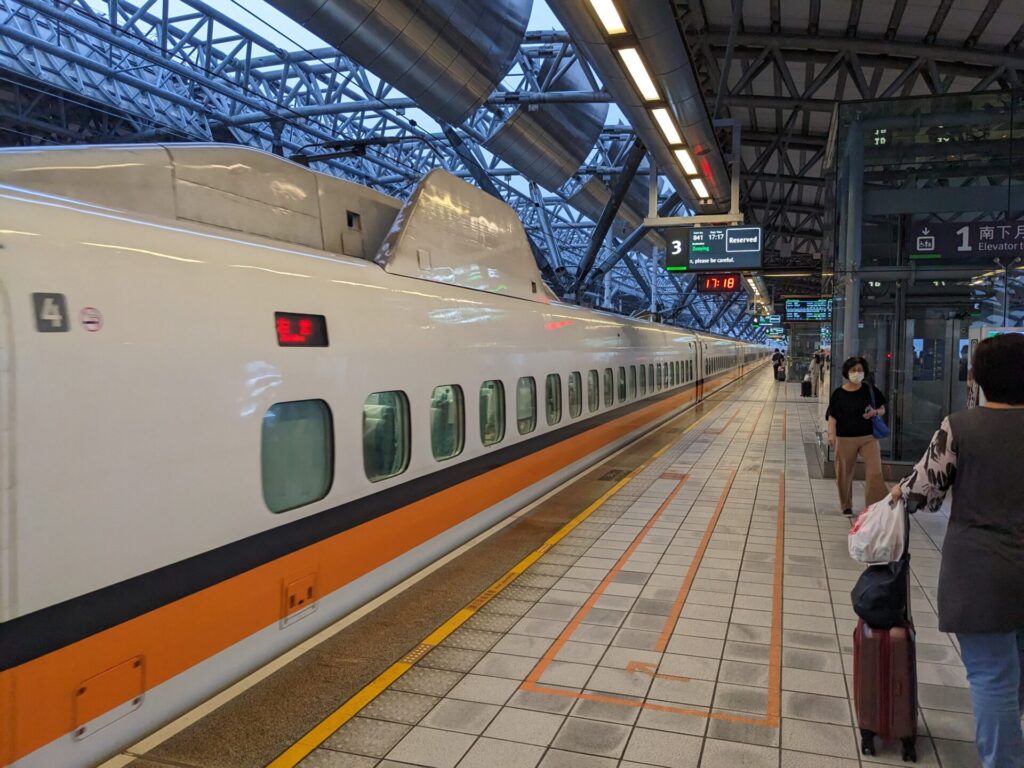
Stepping back to look at the broader picture, it’s clear that the Japanese colonial period (1895-1945) left a mark on Taiwan. While it was undeniably a period of hardship and oppression for many Taiwanese, the Japanese also implemented modernization projects that continue to shape the island today. Perhaps the most visible example of this is the extensive railway network that was built. Even as I type this, I am preparing for my trip this weekend to Taichung on Taiwan’s high-speed rail network, modeled after Japan’s Shinkansen. Decades before this development, the Empire of Japan laid the foundation for the efficient and modern system that crisscrosses the island today, connecting cities and towns with a speed and reliability that would have been unimaginable before their arrival.
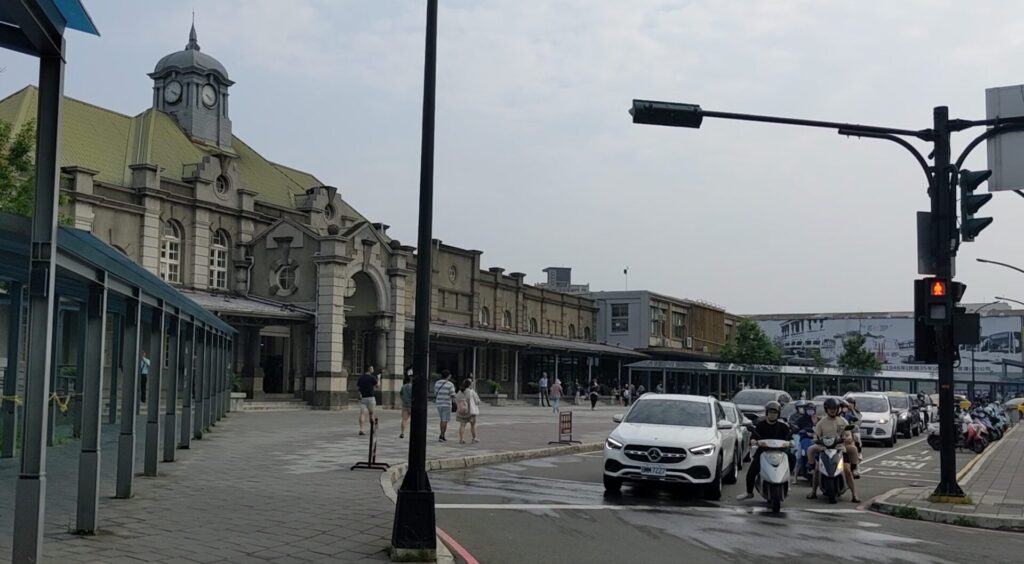
Beyond just the tracks themselves, many of the grand railway stations you see in major cities, like Hsinchu’s main station, are beautiful examples of Japanese colonial architecture. With their distinctive red brick facades and elegant halls, it’s fascinating how these structures like the Control Yuan headquarters in Taipei, built during a time of colonial rule, have become such iconic symbols of Taiwan itself. But the influence goes deeper than just physical infrastructure, the Japanese also introduced new agricultural practices, educational systems, and even elements of their language and culture that have been absorbed into Taiwanese society.

Now, I want to share with you a place near Taipei that encapsulates the architectural and cultural elements of Japanese imperialism in Taiwan: the Taoyuan Martyrs’ Shrine. Nestled on a hillside just outside Taoyuan, this former Shinto shrine is a captivating blend of Japanese aesthetics and Taiwanese history. As you approach the shrine, you’ll pass through a traditional stone torii gate, a symbol commonly seen at the entrances of Shinto shrines in Japan. The main building itself is a stunning example of Japanese shrine architecture, with its sweeping rooflines, intricate woodwork, and serene gardens. What makes this place truly unique, however, is its layered history. After World War II, the shrine was repurposed as a martyrs’ shrine to honor fallen soldiers of the Republic of China. This blend of Japanese design and Chinese commemoration creates a thought-provoking juxtaposition, a reflection of the complex historical image of Taiwan.
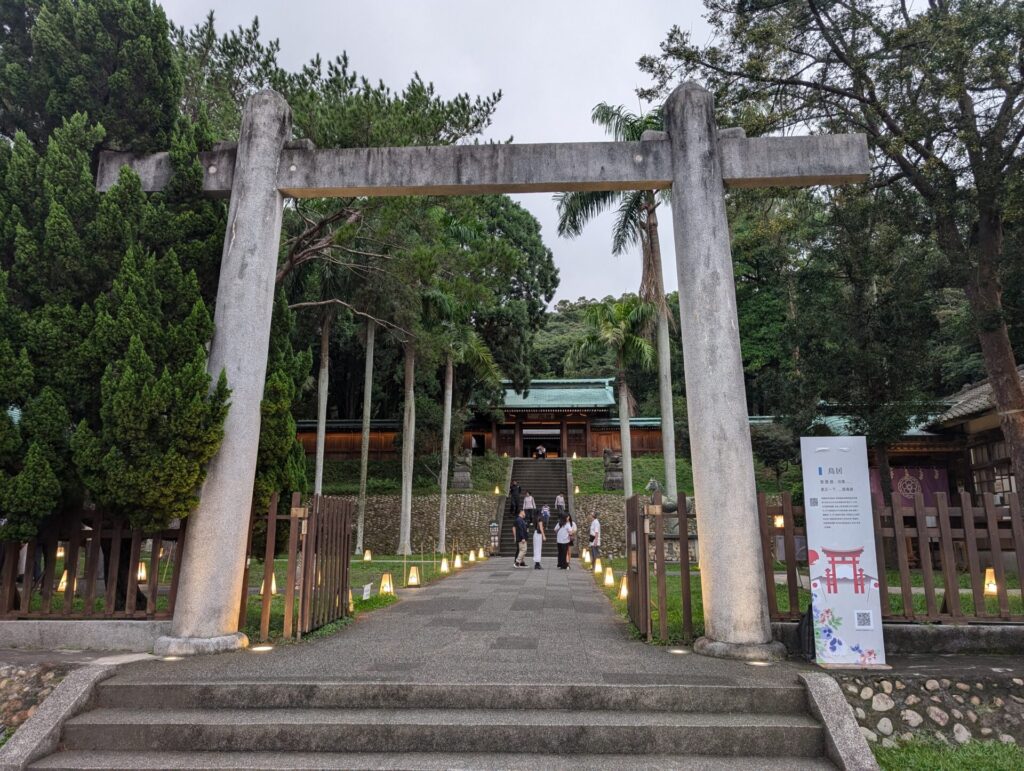
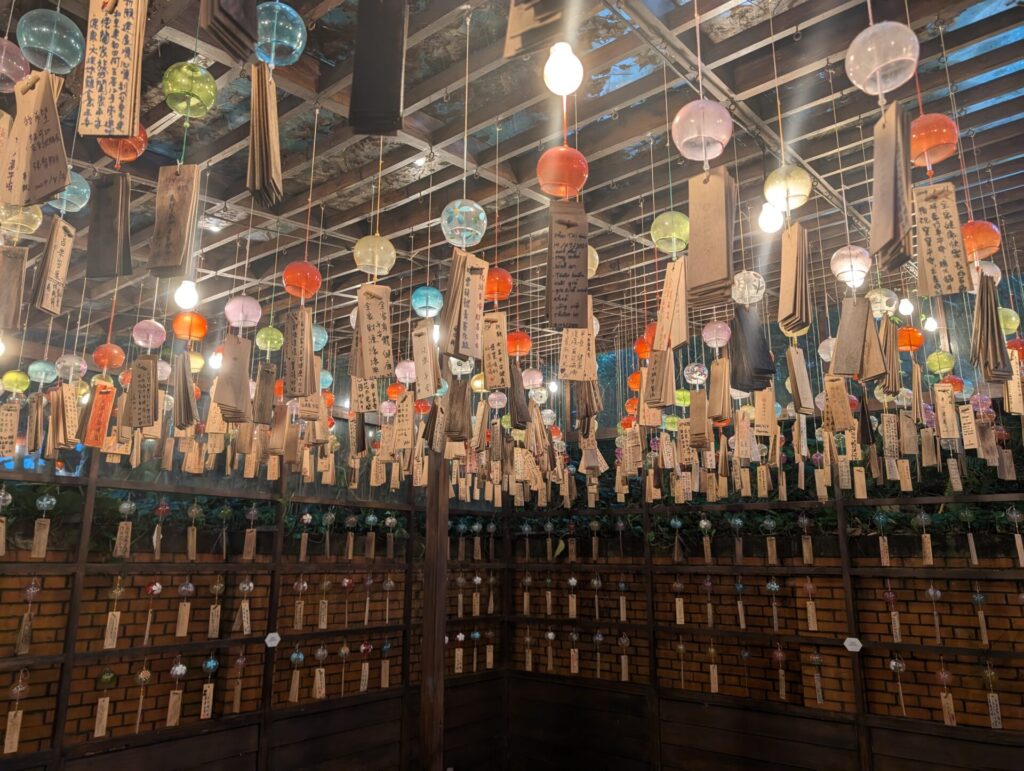
As I continue my adventures in Taiwan, I’m reminded that history is not just a collection of dates and events, but a living tapestry woven into the landscapes and cultures we encounter. Exploring places like the Taoyuan Martyrs’ Shrine allows me to connect with the past on a deeper level, appreciating the complexities and contradictions that have shaped Taiwan. With its unique blend of Japanese and Chinese influences, it is just one example of the enduring legacy of Japanese imperialism that can be found throughout the island. Next week will be my final post before I take time off for both final exams (they end in mid-January!) and the Christmas holiday. It will feature another fascinating piece of culture that can be found on this island: Taiwanese opera, with its vibrant costumes and dramatic storytelling. Join me as I board the high-speed rail to Taichung and watch a performance by one of the most famous traditional opera troupes in Taiwan!

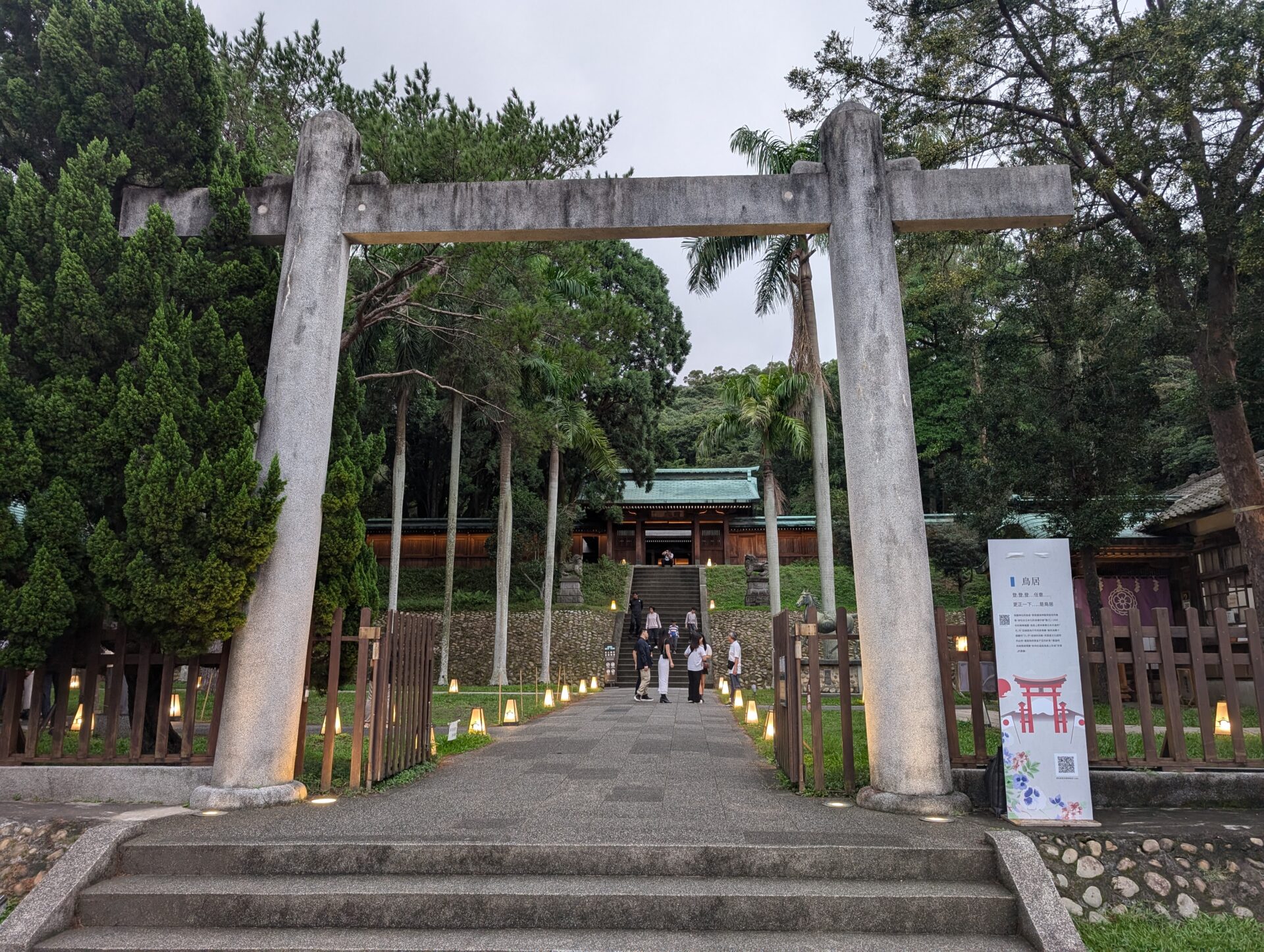
Leave a Reply